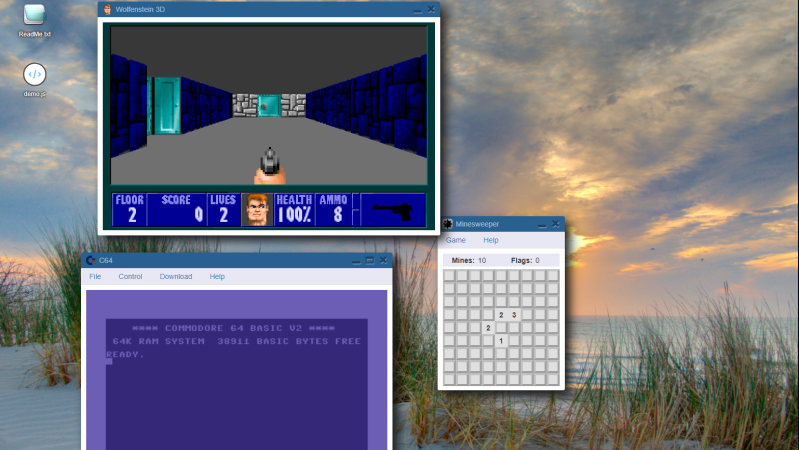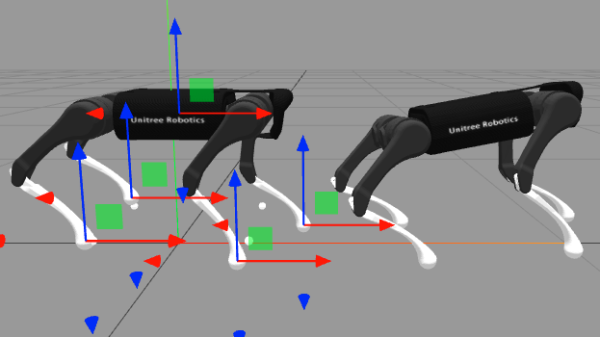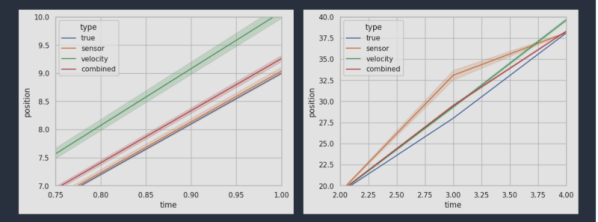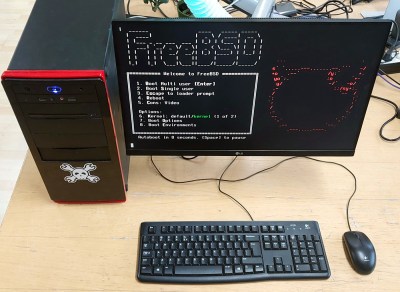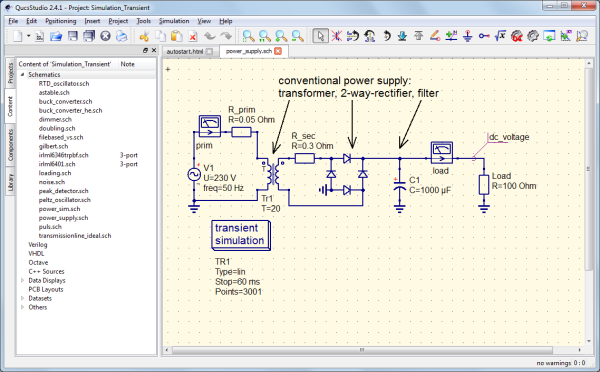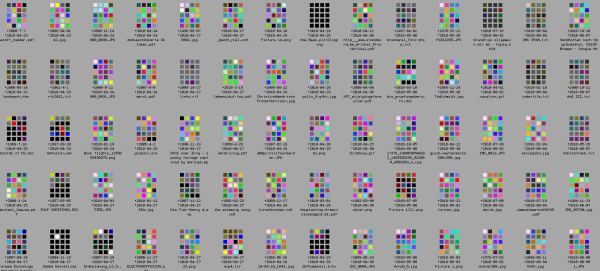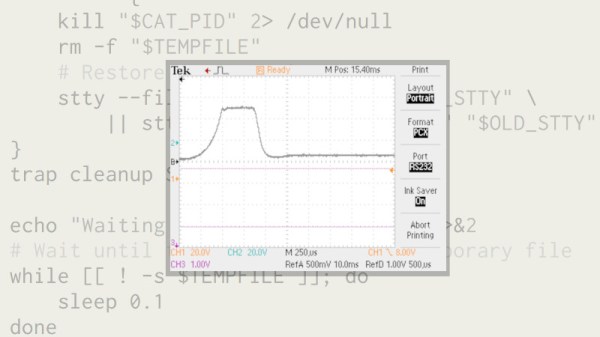[Hugo Leisink] is a programmer who contributes to Open Source projects. In their spare time, they have been developing a web-browser-based operating system called Orb. It is available for the princely sum of zero cheeseburgers and doesn’t need a high-spec machine to run smoothly. The project is built using PHP and Javascript, which allows it to run efficiently on most desktop devices. There are a number of apps included, which are again written in a combination of PHP and js, together with a few written using webasm.
A few notable examples include a C64 emulator, minesweeper, and even a js port of Wolfenstein 3D so this isn’t just a toy, but actually useful. Ok, for real use cases, there are also the usual file browsers, and document readers as well as a writing application based on CKeditor. There is a kind of Windows 3.1 look and feel simplicity to the experience which is refreshing in the modern era of complex applications with their learning curves. Orb could be very useful in an educational setting, or just for jotting your own notes as you travel. Who knows, because the possibilities are endless if you’re willing to get your hands dirty with a bit of coding.
We’ve seen a few web desktops before, here’s a collection of them we saw last year. If you want to go in the other direction and turn a webpage into a desktop app, then look no further than Gluon.

